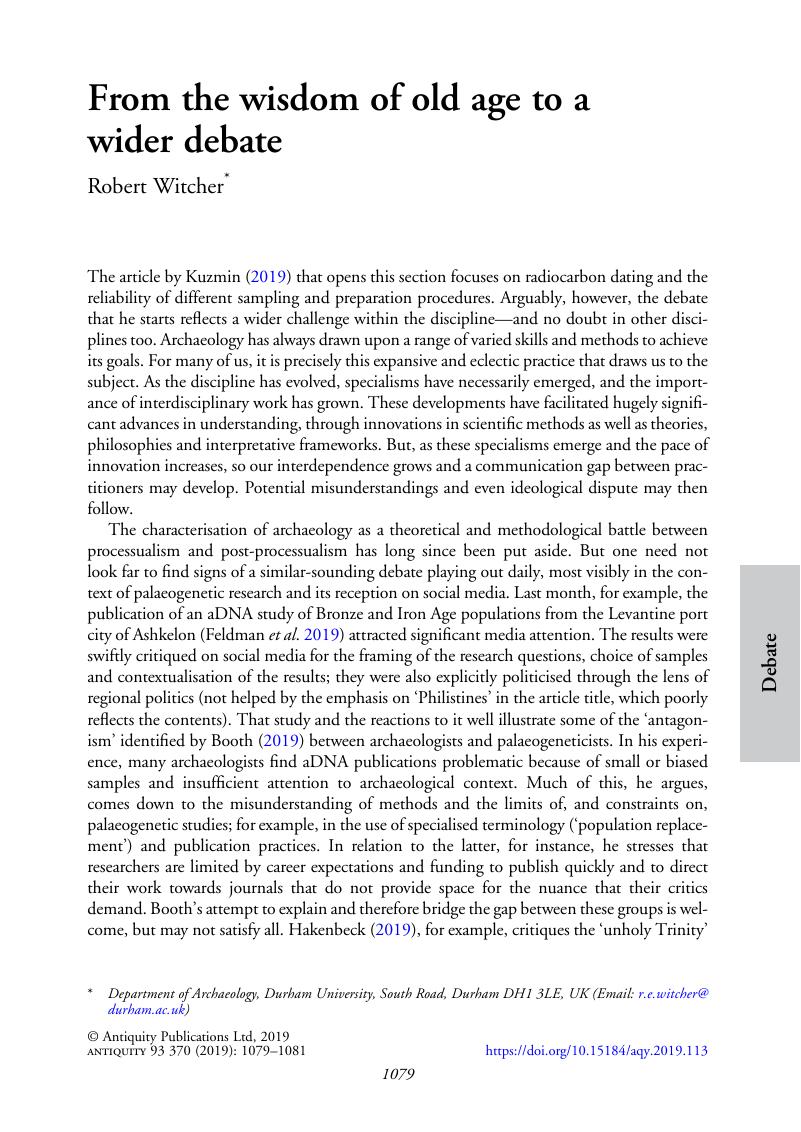Crossref Citations
This article has been cited by the following publications. This list is generated based on data provided by Crossref.
Oras, Ester
de Groot, Jerome
and
Björkstén, Ulrika
2025.
The “biomolecular humanities”? New challenges and perspectives.
iScience,
Vol. 28,
Issue. 2,
p.
111679.



